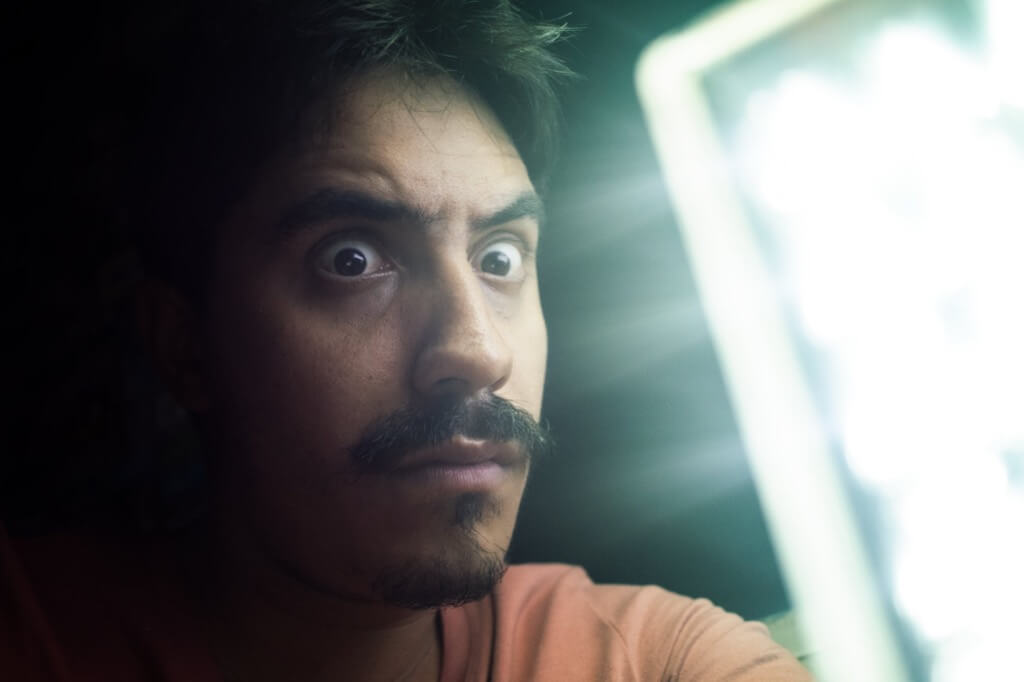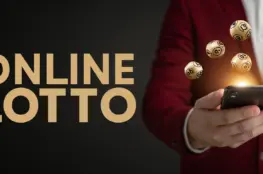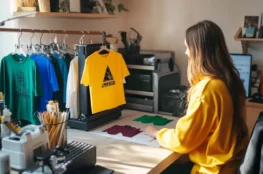The concept of a one-way mirror, often misinterpreted as a two-sided mirror, is a fascinating blend of physics and optical illusion. Contrary to popular belief, a true one-way mirror that allows light to pass through only one side does not exist due to the principles of physics. What we commonly refer to as a one-way mirror is a piece of glass coated with a thin layer of reflective material, such as silver. This layer is so thin that it reflects only about half of the light, while the other half passes through. Interestingly, at a molecular level, the silver does not cover the entire surface uniformly but instead creates a pattern of tiny, uniform speckles.
The key to the functionality of a one-way mirror lies in its partially permeable glass. In normal circumstances, such glass would allow visibility from both sides, appearing only slightly tinted due to the partial reflection of light. The reflection or transparency of the mirror depends largely on the differing light levels in the adjoining rooms. If both rooms have similar lighting, the mirror behaves much like a regular window with a slight shade. However, if one room is brightly lit and the other dimmed, the mirror effect becomes pronounced, preventing visibility from the dark side into the light side.
The principle behind one-way mirrors is similar to the experience of a well-lit room at night. From inside, you can’t see outside through the window because the interior light reflects off the glass. The one-way mirror works on the same principle but is enhanced with the reflective coating. This coating makes the glass more reflective on the brighter side, thus enhancing the one-way effect.
To understand the impact of light levels on one-way mirrors, consider an analogy with sound. If one room plays loud music while the adjacent room plays soft music, the person in the louder room won’t hear the soft music from next door. Similarly, if both rooms have similar light levels, visibility is maintained on both sides, much like similar sound levels allowing both sets of music to be heard.
The notion of a true one-way mirror conflicts with the second rule of thermodynamics. This law states that energy naturally flows from a hot to a cold body, not the other way around. A genuine one-way mirror, allowing light to pass only in one direction, would contradict this principle, as it would imply energy moving from a colder to a hotter area without additional energy input.
Mirrors have been an integral part of human civilization for millennia. The earliest mirrors were simply pools of water in dark containers. The production of non-water mirrors dates back to around 6000 BC in Turkey, where they were made from obsidian, a naturally occurring volcanic glass. The craftsmanship involved in creating these mirrors was intricate, involving cutting and polishing to achieve a reflective surface.
In Mesopotamia, around 4000 BC, polished copper mirrors emerged, followed by bronze mirrors in China around 2000 BC. These mirrors were luxury items, accessible only to the very wealthy. In the early 1600s, Venice saw the creation of glass mirrors with tin-mercury backings, providing reflections similar to those of modern mirrors. However, their fragility and the toxic mercury content posed significant challenges.
The breakthrough in mirror technology came in 1835 with German chemist Justus von Liebig’s invention of the silvered-glass mirror. Liebig’s method involved depositing a thin film of silver onto glass through a chemical reduction of silver nitrate. This innovation made high-quality mirrors accessible to the masses for the first time, revolutionizing the production and availability of mirrors.
The understanding of whether animals can recognize themselves in mirrors is a field of study still in its infancy. While it’s believed that most animals do not recognize their reflections, certain species, including Asian elephants, some apes, pigs, dolphins, and European magpies, have demonstrated this ability. However, the accuracy of the mirror test, used to assess self-recognition in animals, is debated, leading to potential false negatives.
Usage in Interrogation Rooms
In interrogation rooms, one-way mirrors are commonly installed. This setup allows law enforcement officials to observe the interrogation process without being seen by the suspect. The mirror’s reflective side faces the suspect, making it appear as a regular mirror, while investigators observe from the other side. This setup is beneficial for maintaining the integrity of the interrogation process. Investigators can watch the suspect’s behavior, body language, and reactions during questioning, which can be crucial for the investigation.
One-way mirrors are also used in lineups for witness identification. The suspect is placed in a lineup with other individuals, and the witness views this lineup from behind a one-way mirror. This method ensures the safety and anonymity of the witnesses, as they can observe and identify the suspect without being seen. It also helps in reducing the potential influence or intimidation that might occur if the witness were visible to the suspect. In the realm of training and education within law enforcement, one-way mirrors are employed in mock interrogation settings. Trainee officers can observe experienced colleagues conducting interrogation techniques and strategies. This observational learning is integral in developing effective interrogation skills in a controlled environment, where feedback and instruction can be provided without disrupting the process.
While not directly linked to criminal justice, one-way mirrors are sometimes used in the monitoring of public spaces for security purposes. They allow security personnel to observe public areas discretely, helping to identify and prevent potential criminal activities. Despite their utility, the use of one-way mirrors in the criminal justice system comes with limitations and ethical considerations. There are concerns about privacy, especially in cases where the suspect or witnesses are unaware of being observed. Additionally, the use of one-way mirrors must adhere to legal standards and guidelines to ensure that the rights of individuals are not violated.
Consent and Awareness in Surveillance
The issue of consent and awareness when using one-way mirrors for surveillance, especially in public spaces or during law enforcement activities, raises significant ethical concerns. The debate centers around whether individuals should be informed about being potentially observed without their knowledge. Advocates for privacy rights argue that people have a fundamental right to know when they are being monitored, citing concerns over personal freedom and autonomy. Conversely, law enforcement agencies and security professionals claim that the effectiveness of surveillance, particularly in preventing and solving crimes, often hinges on its covert nature.
Impact of Covert Observation on Interrogation Outcomes
The use of one-way mirrors in interrogation rooms presents a debate on how covert observation might affect the outcomes of interrogations. Critics argue that the knowledge, or even the suspicion, of being observed might lead to heightened stress and anxiety in suspects, potentially affecting their behavior and responses. This can raise questions about the reliability of confessions or statements made under these conditions. On the other hand, proponents believe that covert observation is essential for ensuring objective analysis of interrogations, free from any direct influence or manipulation by the observing officers.
Technological Alternatives to One-Way Mirrors
With advancements in technology, the debate around the need for traditional one-way mirrors versus modern digital surveillance methods is increasingly relevant. Technologies like hidden cameras and digital monitoring systems offer alternatives that might be less intrusive or more efficient. Advocates for technology argue that digital methods provide better record-keeping and a wider scope of surveillance. However, opponents raise concerns about data security, the potential for misuse, and the pervasive nature of digital surveillance.
Bias in Witness Identification
The use of one-way mirrors in witness identification procedures opens a debate on potential biases and the psychological impact on witnesses. The argument against their use suggests that the setup of lineups viewed through one-way mirrors might unintentionally influence witnesses, leading to misidentification. Factors such as lineup composition, suggestive procedures, and the stress of the situation can all contribute to errors. Advocates for one-way mirrors in lineups argue that they provide a necessary layer of security and anonymity for witnesses, which can help in obtaining more honest and uninfluenced identifications.
Legal and Regulatory Framework
The debate on the legal and regulatory framework governing the use of one-way mirrors touches on the need for clear guidelines and policies. This discussion is centered around whether existing laws adequately address the privacy and ethical concerns associated with one-way mirrors. Some argue that stricter regulations and transparency protocols are necessary to prevent abuse and protect individual rights. Others contend that current legal frameworks are sufficient and that additional regulations might hinder effective law enforcement and security measures.
Reflective surveillance tools, epitomized by partially reflective mirrors, stand at the intersection of technological advancement and ethical consideration. They are instrumental in law enforcement and public safety but are also subject to scrutiny over privacy concerns and potential biases in legal procedures. The ongoing debate around their use underscores the need for a delicate balance between effective law enforcement practices and safeguarding individual freedoms.




